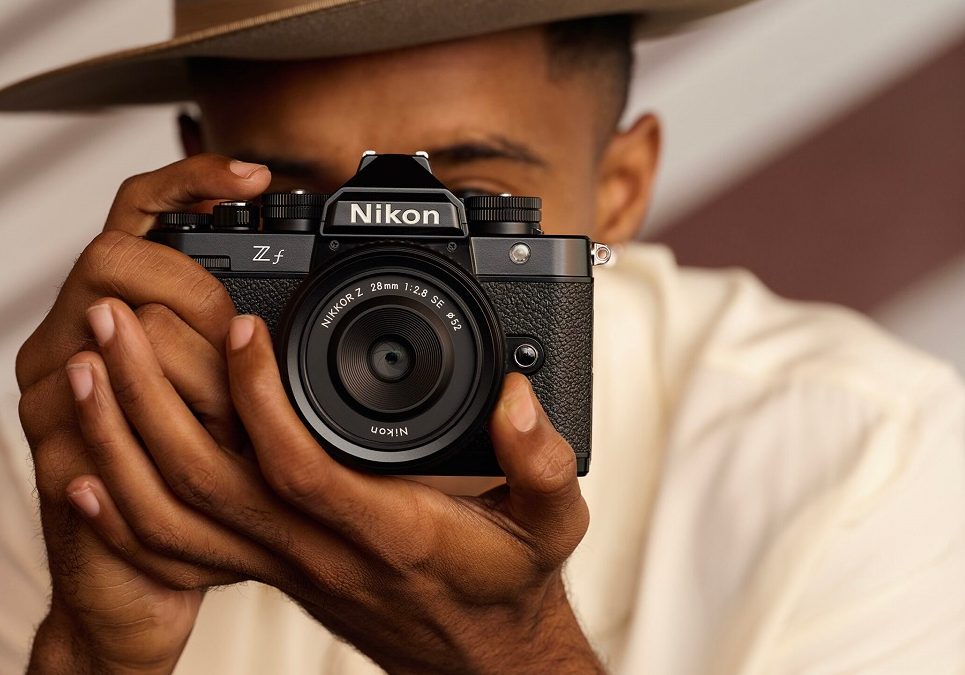
Nikon’s New Zf Retro-Style Camera Is One Remarkable Machine
News | By Stephan Jukic | September 21, 2023
After months of rumors and speculation Nikon has finally introduced its new Zf retro-inspired camera to the world and it’s genuinely impressive.
This genuinely innovative new camera has been based on the design of Nikon’s classic, historically famous FM2 analog camera body but the surface is where it’s non-modern facets stop.
Inside it comes packed with some of Nikon’s best modern technology from its Z series of cameras such as the Z8, flagship Z9 and Z6 II and with a few innovations that are entirely unique.
In other words, it combines the best of both style and truly robust functionality.
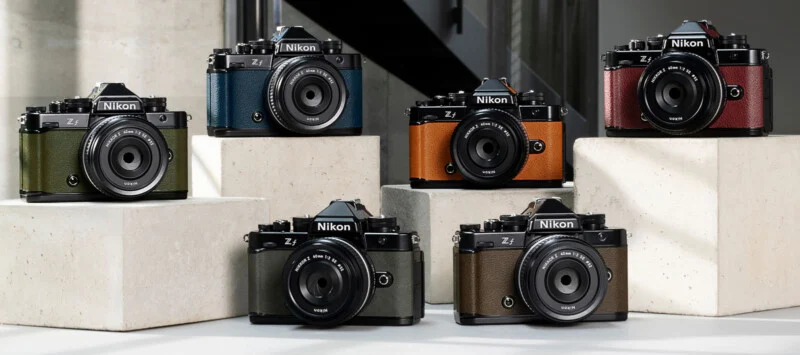
Here are the essentials you should know about.
The most fundamentally important component of the old-fashioned-looking Zf is its extremely powerful full-frame 24.5-megapixel sensor.
This is a backlit CMOS model much like those in Nikon’s other top cameras and it’s powered by the brand’s EXPEED 7 image processing engine.
With this combo, the Zf offers extremely sharp autofocus performance, superbly fast shooting speeds and some great low-light performance.
In terms of dramatically improved tech, the Zf camera also includes Nikon’s most sophisticated in-body image stabilization tech for sharp shots even under tough conditions,
Then as wholly new features, there are the Zf’s VR AF mode and its pixel-shift shooting ability. The latter of these in particular is a cleverly powerful technology that lets the camera capture 96MP images by taking multiple uncompressed RAW shots in quick succession while shifting the image sensor one pixel at a time between them.
The sequence of images can later be stitched together to form a single photo with a higher-than-normal resolution.
Crucially from the practical standpoint of photographers working on a budget, the Zf delivers lots of power and advanced performance at a cost that’s more reasonable than ever given its specs and features. According to Jay Vannatter, Nikon’s Executive VP
“It’s exciting to see the leaps in innovation that propelled the Z9 trickling down, making the latest technology and features more accessible than ever before inside the Zf, a camera which is a beautiful marriage of form and function,”
A key thing to remember about the Zf is that its sensor, despite being only 24.5MP offers genuinely unique technology for an extremely high-quality photo and video capture experience.
For one thing, though it’s the same size as the sensor in the Z6 II model from Nikon, the Zf adds superior image stabilization, the above-mentioned pixel-shift technology and a bumped-up ISO range to its capabilities.
The ISO range increase in the Zf has on the lower end the same 100 starting point as that of the Z6 II but on the higher end it goes all the way up to 64,000, and that’s native ISO, out of the box. By comparison, the Z6 II stops at 51,200.
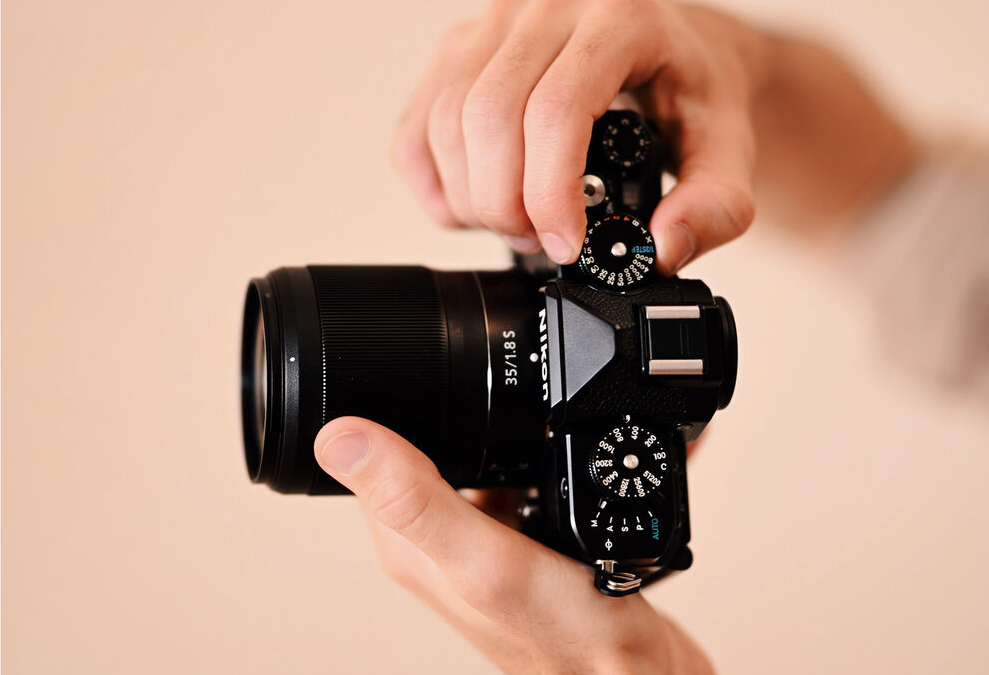
Of course in practical terms, few people will even try to use the extreme upper limits of these ISO ranges for their photography, since those upper numbers are more marketing gimmicks than practical values (and this is to not even mention the absurd numbers for extended ISO expansions that you can pay extra for)
However, the overall ISO improvement in the Zf does translate to better overall low-light performance across the board even in very difficult lighting, and it can certainly give this new camera and its sensor an edge over comparable previous models.
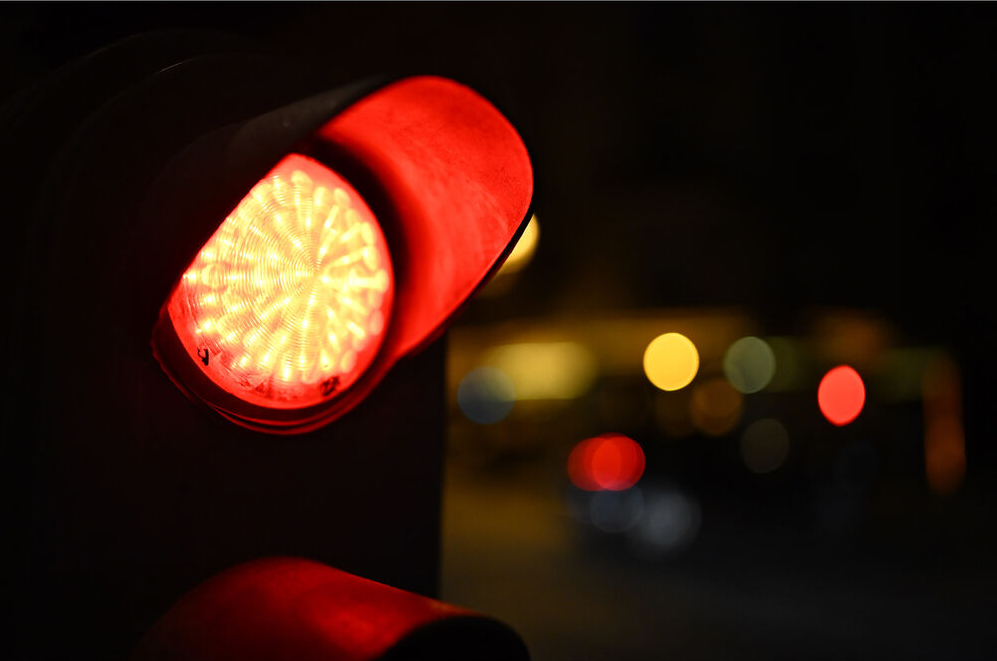
According to Nikon, the Zf’s ISO ceiling expansion is due to its superior processing power and BSI sensor, which will mean solid performance in poor lighting.
Moving onto the Zf’s image stabilization, it’s essentially the best yet introduced in a Nikon camera so far.
This five-axis in-body mechanism in the Zf is rated for vibration reduction equal to eight stops and is better than anything available in any other Nikon camera, even the Z9 flagship model.
This alone makes the Zf seriously worth considering given its very reasonable price, even if you take its average-sized full-frame sensor into account.
Mentioning sensor size naturally brings us to the Zf’s unique new Pixel Shift Mode:
Because this new “retro” camera comes with one of Nikon’s top-shelf EXPEED 7 processing engines instead of the older dual EXPEED 6 processors of the Z6 II, it’s capable of pixel-shift shooting.
In fact, it’s the first Nikon camera so far to come with this technology even though the Z9 and Z8 both also have EXPEED 7 processors.
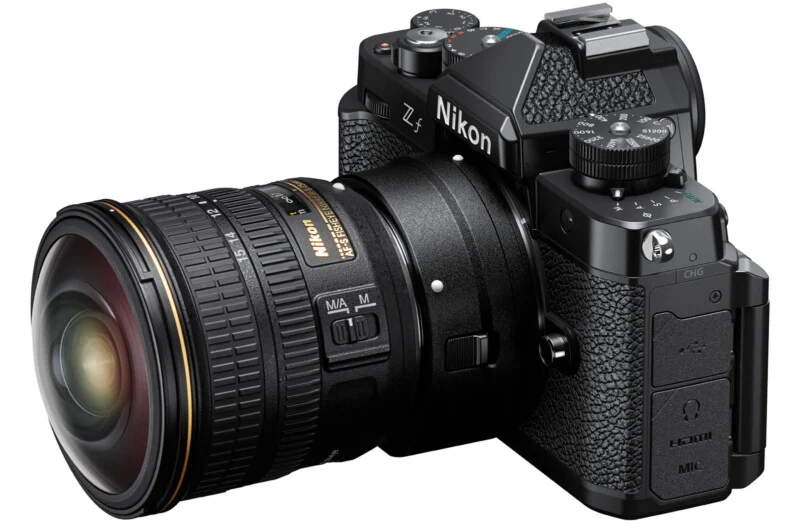
With pixel-shift, the Zf compensates for its smaller full-frame sensor size of 24.5MP (vs. the 45.7MP of the Z8 and Z9) by combining 4, 8, 16 or up to 32 RAW images into single shots of up to 96 megapixels in resolution.
The Zf’s high-end image stabilization system lets the camera pull this off while it shifts its sensor by a pixel multiple times.
Nikon claims that these stitched pixel-shifted images offer “the ultimate in high fidelity” and minimal noise, moiré or poor color.
At the price it’s selling for, the Zf having pixel-shift technology is an extremely useful achievement and more than compensates for its seemingly ordinary sensor size.
Another feature that the Zf’s stabilization system also enables is focus-point VR stabilization mode. This too is a completely new technology in a Nikon camera and basically stops blurring at the point the camera is focusing on instead of from the center of the frame.
With VR mode, even a subject right at the edge of a frame can be sharply kept in focus better than previously possible with a Nikon device.
With the unique focus abilities of VR mode in mind, the AF coverage of the sensor space in the Zf is also worth mentioning. According to Nikon, the camera’s AF covers 96% of its sensor’s horizontal axis, creating a broad range of focus point options for unique compositions.
As has become de jure with the world’s newest mirrorless cameras, AI and deep learning come into play with the Zf too.
Nikon has given this camera an AF system that uses Deep Learning technology and Nikon’s 3D tracking with subject detection to specifically recognize, focus on, track and sharply capture a range of specific object types.
These include people, human faces, dogs, cats, motorbikes, bikes, planes, trains and automobiles along with a number of other subject types.
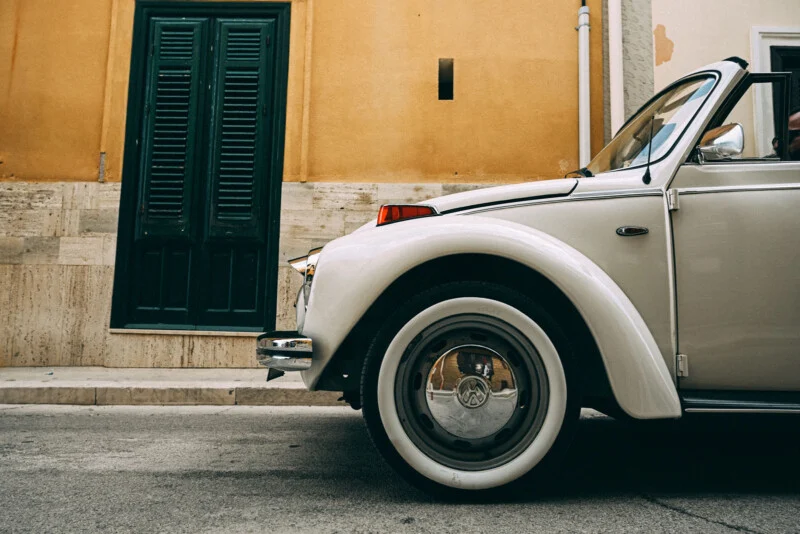
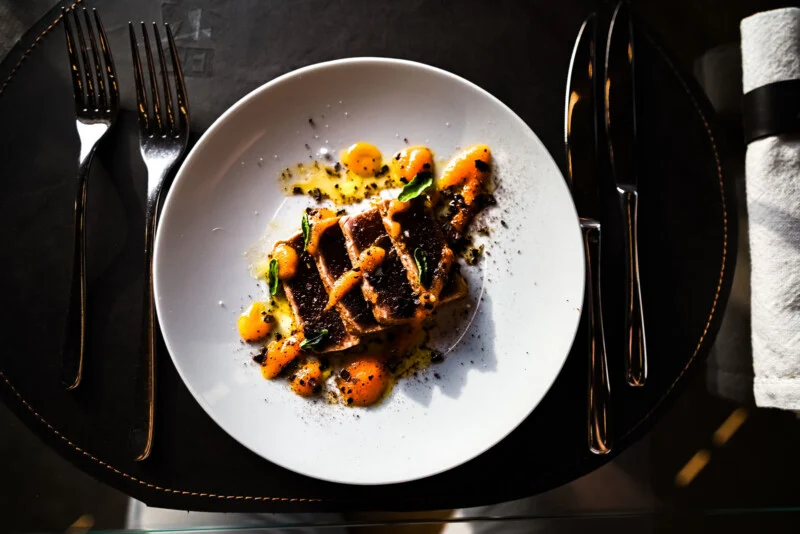
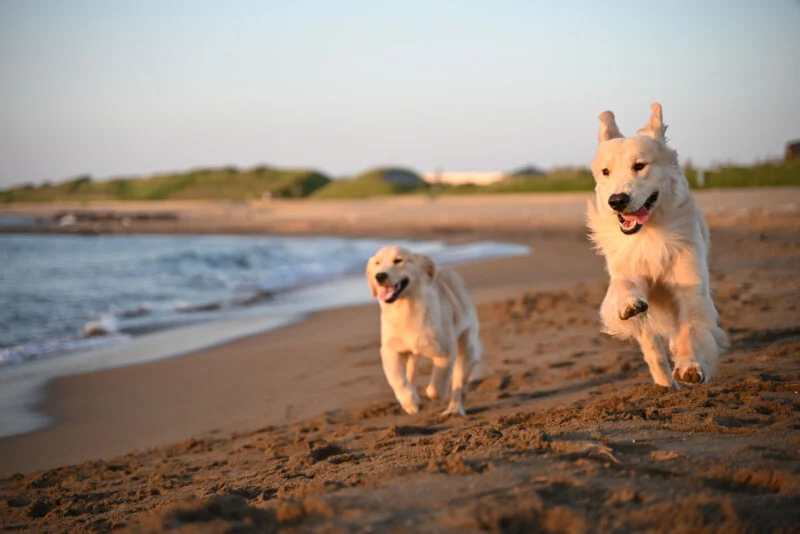
There’s a lot of hype these days around AI tech in cameras and the merits of subject-based AF tracking, but with its other powerful specs, the Zf really should deliver solid results with this technology.
For storing all the photos this powerful camera lets you capture, Nikon has given the Zf a UHS-II SD and UHS-I microSD paired slot instead of the CFexpress found in the Z6 II.
This change in storage technology lets the ZF offer the same maximum shooting speed of 14fps for full-resolution photos while reducing buffer depths.
As you can guess given its external design and internal specs, the Zf is a true photographer’s camera, with its main focus being on this instead of video. Thus it also offers a robust set of manual photography options that still let you use some of its automated abilities.
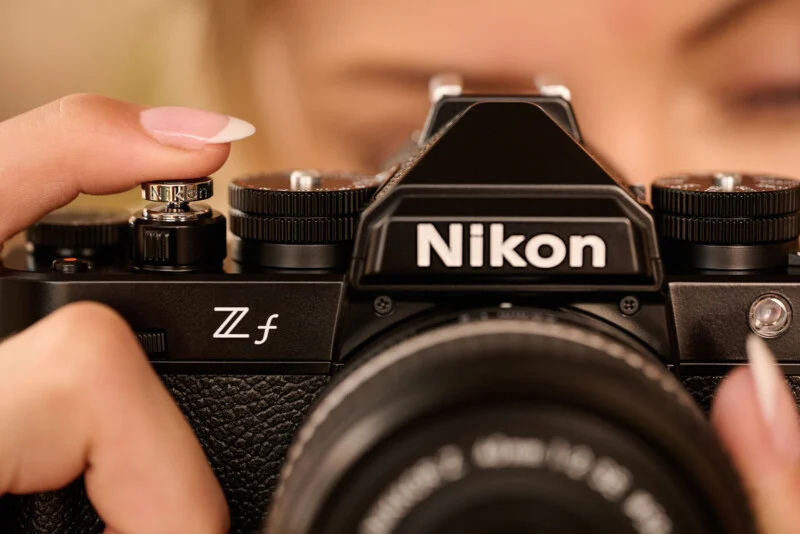
One of these is an Eye/Face Detection mode even when the camera is in full MF (manual focus) shooting mode. This lets you magnify a subject’s eye for the sake of quickly and sharply zooming into the perfect manual focus.
Then there are the Zf’s black-and-white shooting chops, which include two new B&W modes.
The first of these is called Flat Monochrome, for smooth gradations from shadow to light, and the second is called Deep Tone Monochrome, which provides sharper contrast and an emphasis on dark tones.
Here are a few black-and-white samples:
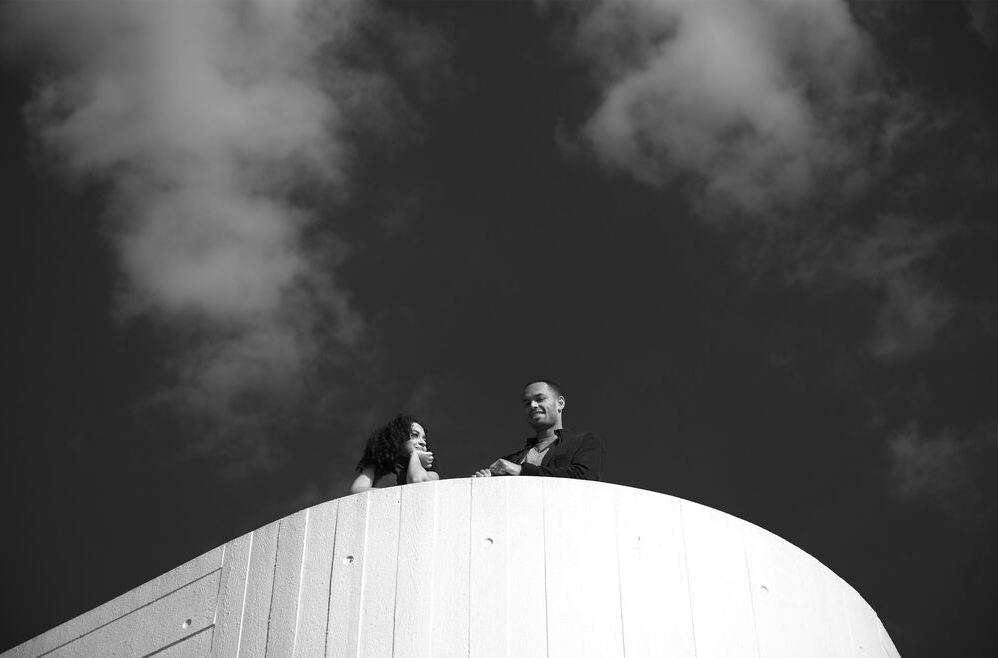
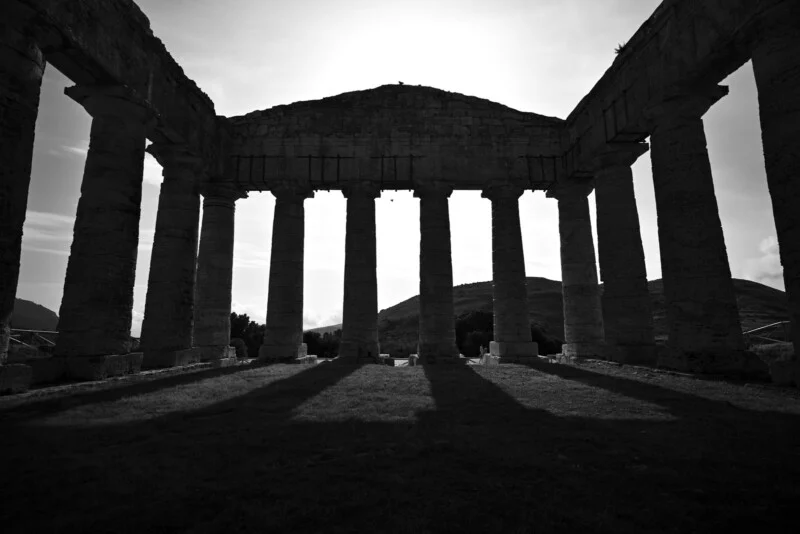
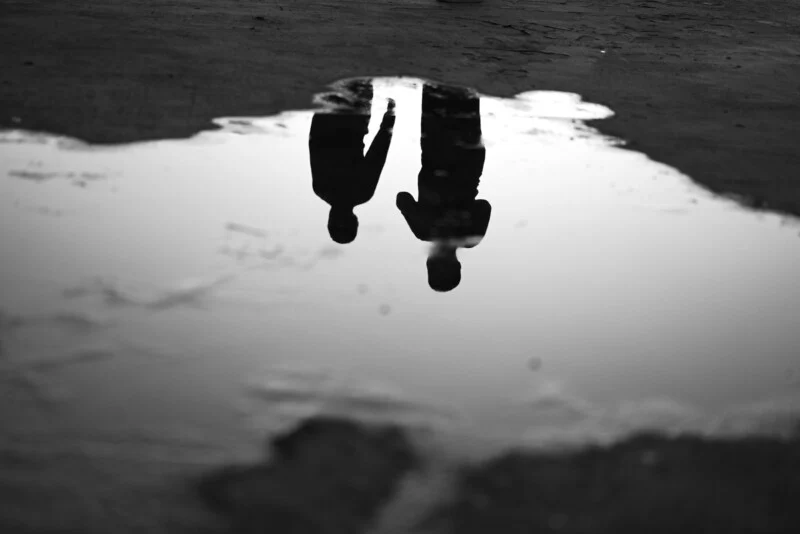
The Zf also offers a Starlight view mode that increases display brightness during extreme low-light shooting. This lets the AF in the camera shoot even at -10 EV.
Externally, the Zf does indeed look wonderfully retro and is robustly built to boot, with sturdy buttons for a satisfying tactile response and a magnesium alloy body along its top and bottom for high dust and moisture resistance.
The camera also has weather sealing along its cover joints, shutter-release and vari-angle display hinging while being fully covered in an electro-conductive coating that causes it to resist grime and dust accumulation according to Nikon.
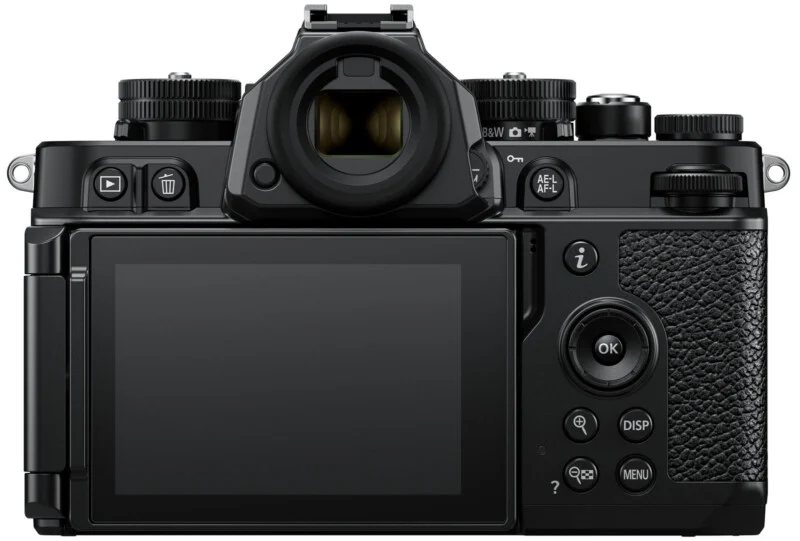
Its external electronics include a 3.69-million-dot OLED EVF with 0.8x magnification and a 3.2-inch LCD screen with touch functionality and vari-angle design that’s new among Nikon Z cameras.
On a final note, though this is definitely more of a photographer’s camera in both look and function, the Zf has plenty of the video specs that you’d expect from any modern mirrorless shooter.
It can record 4K at 30p with 6K oversampling and is also capable of 4K at 60fps or 1080p at 120fps if filming in an APS-C sensor configuration. The Zf also offers 10-bit H.265 shooting and direct recording to an external device via USB-C and HDMI D ports.
In terms of its video chops, the ZF is weaker than the Z6 II and definitely far behind the abilities of the Z9 and Z8, but again, the focus with this little beast is photographic craft, not documentary filming.
Given all of its impressive new specs and remarkable sensor performance, along with its wholly unique pixel-shift technology for larger images, the Zf is selling for a remarkably reasonable price of $1,996.
Comparatively, the Z6 II costs the same despite offering a much weaker sensor, ISO and AF chops while completely lacking the other wholly new features of the Zf.

Check out these 8 essential tools to help you succeed as a professional photographer.
Includes limited-time discounts.













